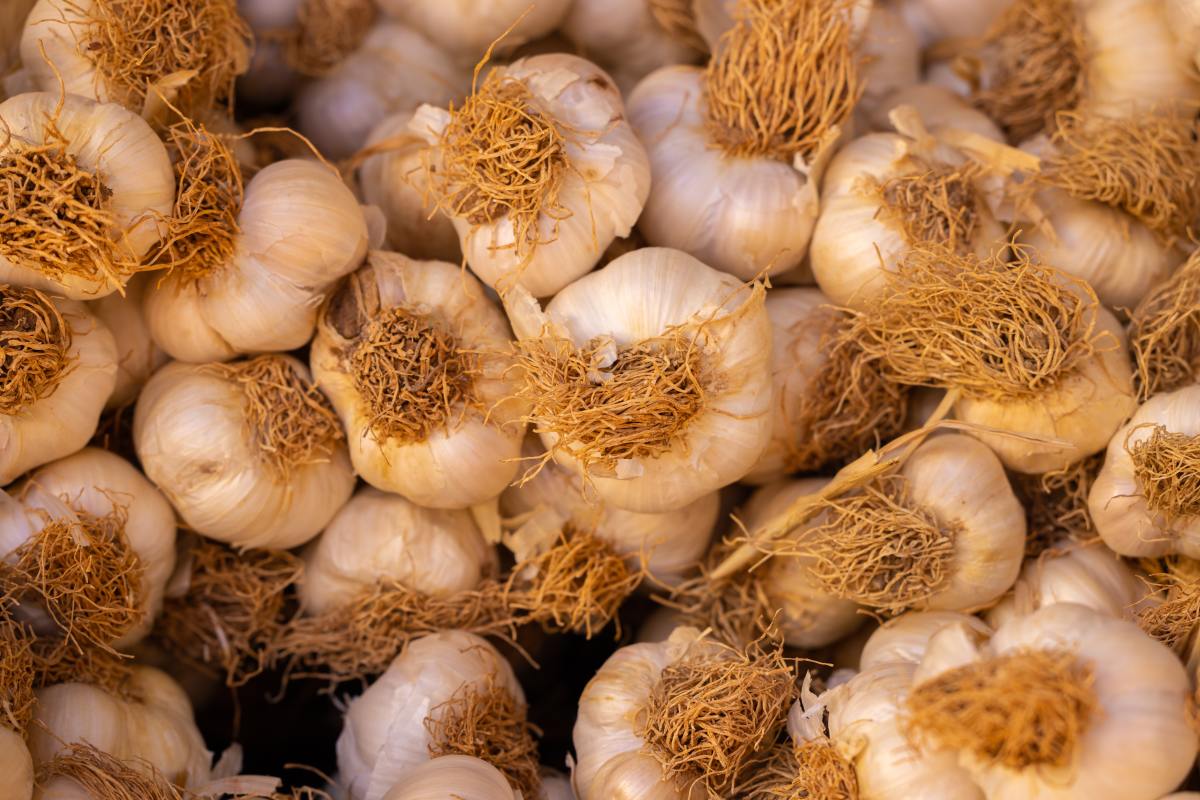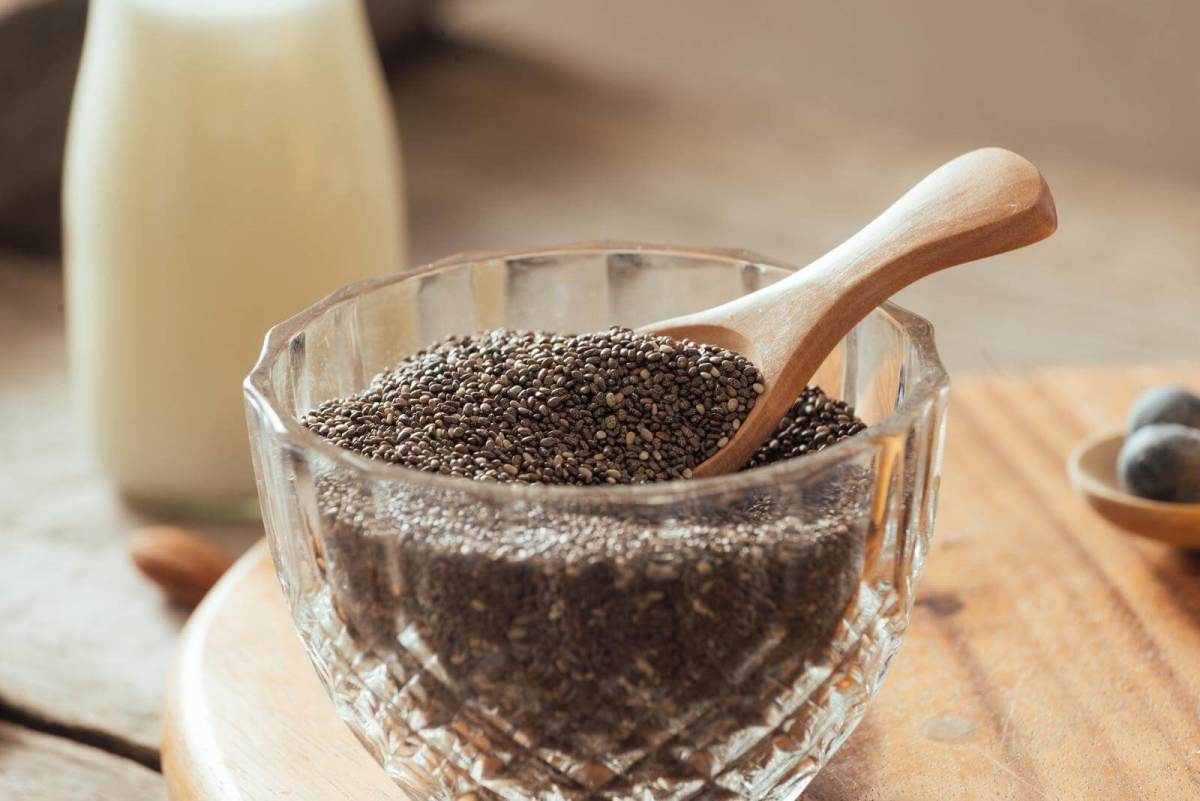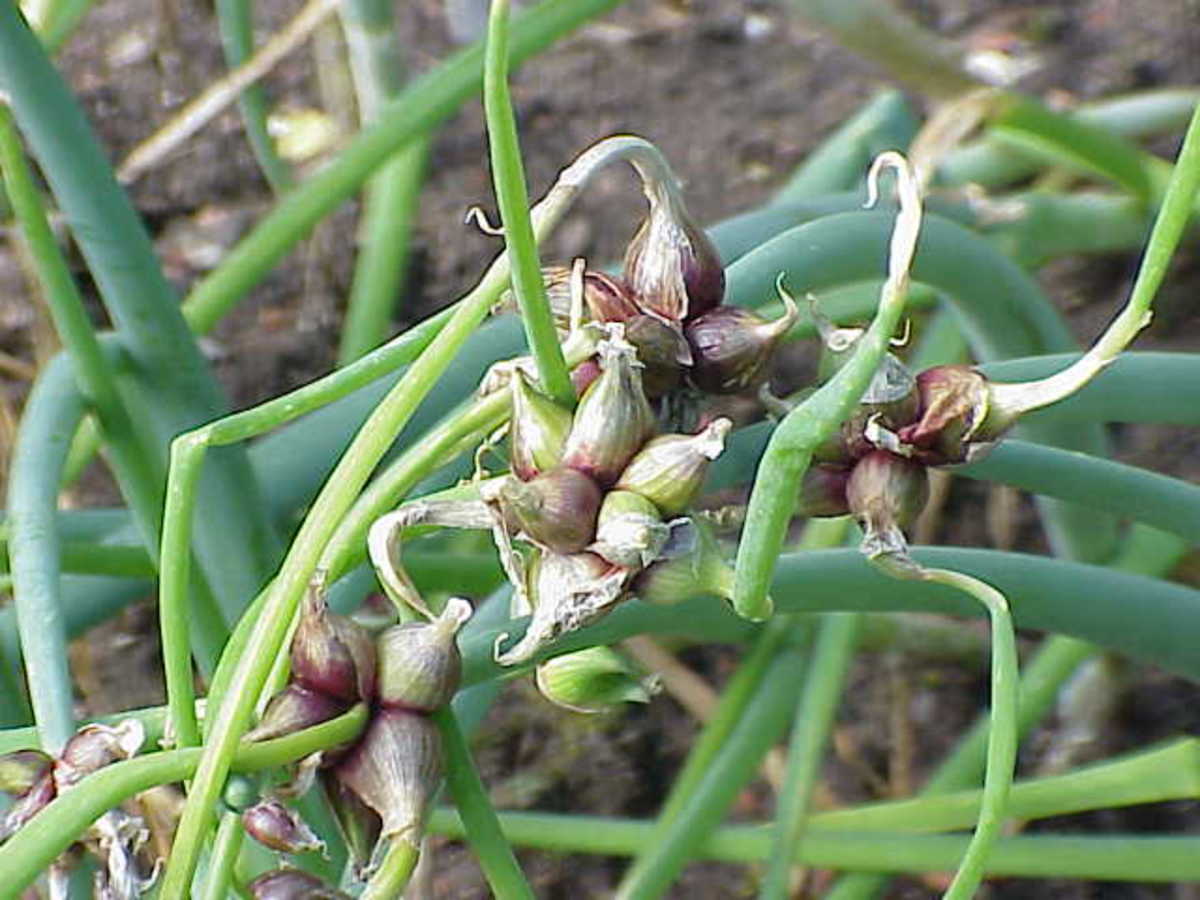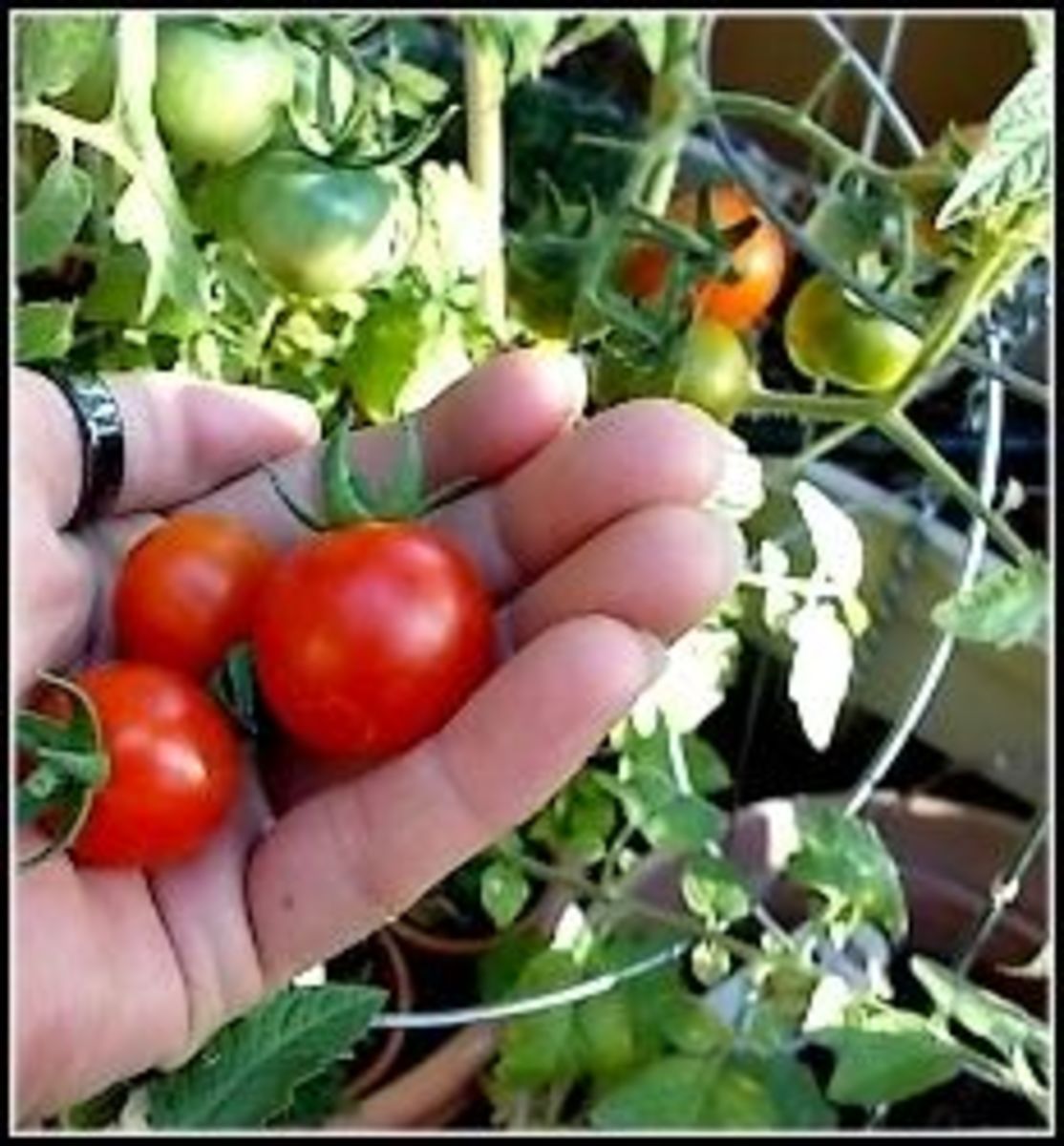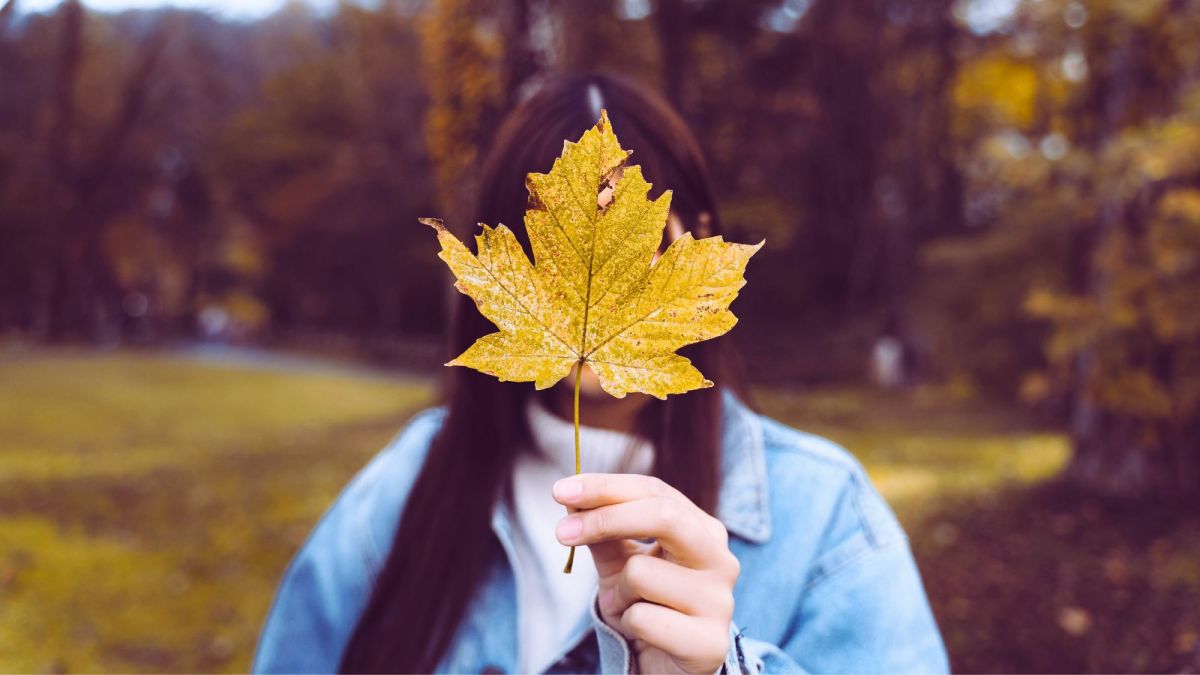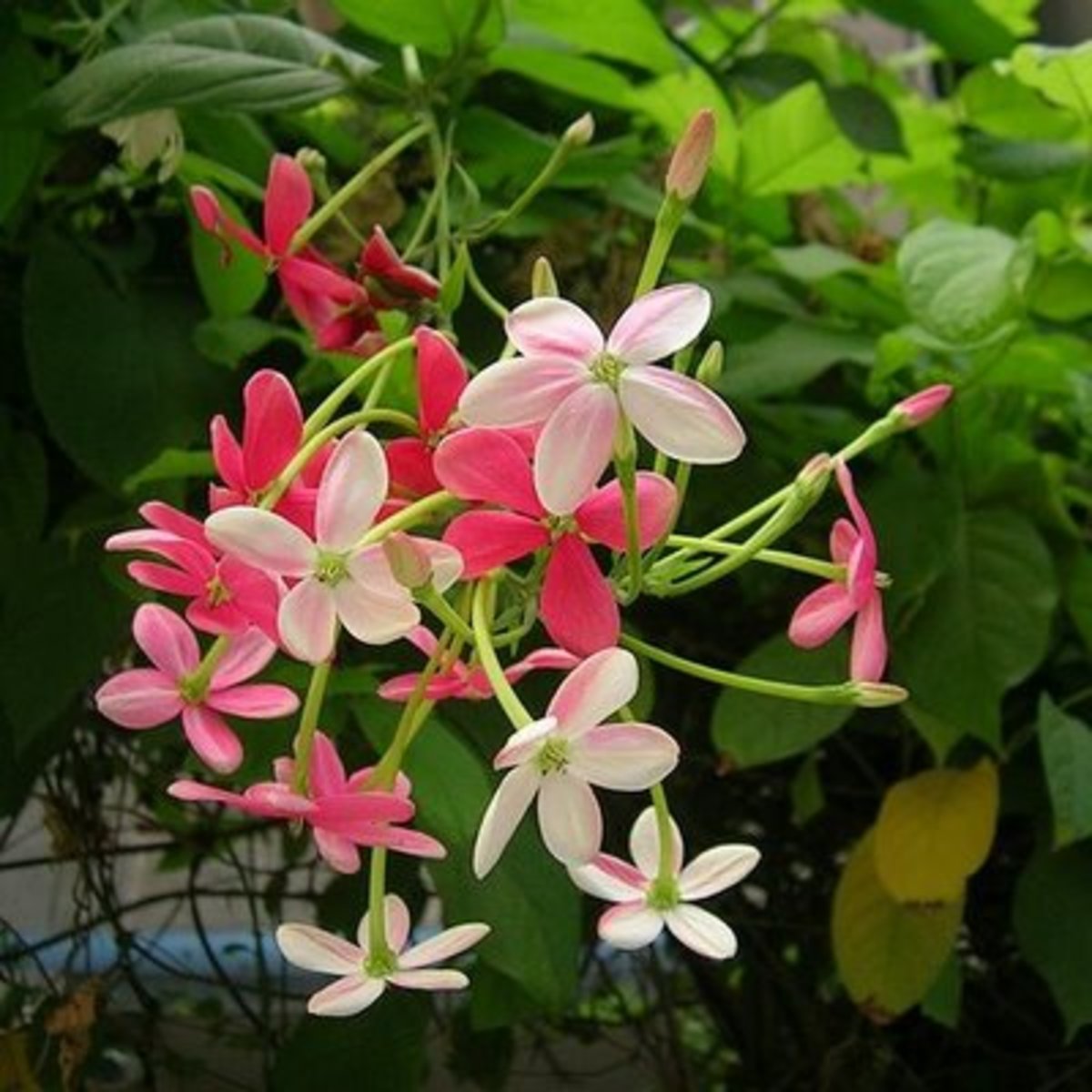How Do I Grow Garlic ?
Garlic
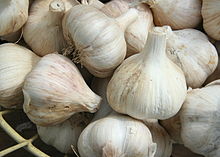
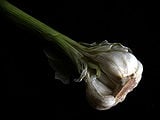
Growing Garlic
Garlic is believed to be one of the elixirs of youth, the Pharaohs of Egypt ate garlic to prevent growing old.
Garlic is known to aid digestion and help the circulatory system.
It also adds a distinct flavor to a variety of foods and repels insects in the garden.
Growing garlic is easy. The greatest challenge to growing garlic is fungus. But even that can be taken care of easily with just a few simple tricks.
The best time to plant garlic would be in the fall, this gives them time to winterize building their strong root system. Usually between mid-October and late November. Garlic is best grown and harvested as an annual.
That being said, they can be planted in warmer Southern areas, in late February or March. The result may be smaller bulbs. In addition the seed garlic must be chilled before planting in order to cause it to break out of its dormancy. This can be achieved by placing your cloves in the refrigerator 3 weeks before planting.
Garlic is of the Allium family which would be leeks, shallots and onions. Each clove would act as a seed. The bulbs are grown underground and the leaves grow up above ground, growing somewhat tall, It is actually the leaves that will give you a clue as to when the garlic is ready for harvesting.
There are two kinds of garlic that you can plant and grow; the hard~neck and the soft~neck.
The Hard~neck Garlic: has stiff stems with an attractive flower. Hard~necks are best grown in a colder climate.
The Soft~neck Garlic: has a soft stem that is easy to braid for storage. It keeps longer and is suitable for a warm-winter climate.
You can purchase garlic for planting at your favorite garden center, online or you can purchase a plant the garlic that you have purchased from the grocery store.
The Soil
Garlic is tolerant of all kinds of soil.
However, Do make sure that your soil drains fast. Bulb plants do tend to rot away in wet soggy soil.
And it is beneficial to add organic matter.
It would be a good idea to use organic matter and manure for your garlic plants. If you use natural sources that are rich in nutrients and replenish the soil, your soil will be healthier than if you use chemical fertilizers.
Spread manure over your garden in the fall, giving it plenty of time to enrich the soil before you plant the garlic in the spring.
Organic Matter = To a gardener, organic matter is something with organic compounds that you add to the soil as an amendment. In simple terms, it is decaying plant or animal material, most commonly: compost, manure.
In this episode, Homestead Blessings gives tips on planting garlic. For recipes using garlic check out our herbs DVD and homestead blessings cook book http://ww
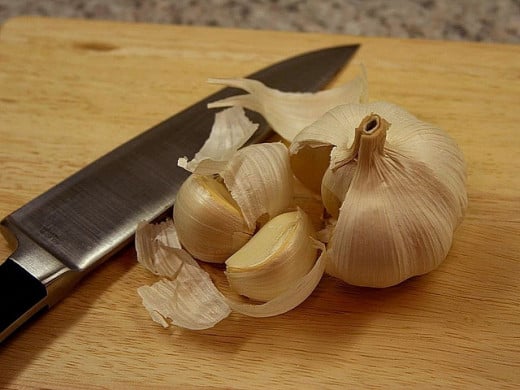
Planting Garlic
Preparing your cloves for planting:
Remember as mentioned above fungus and bacteria can be dealt with before planting.
Just one garlic bulb, that has been broken into individual cloves, is enough to set out for an extensive home planting.
On planting day, fill a quart size jar with water, adding 1 tablespoon of each baking soda and liquid seaweed. Soak the cloves for about 2 hours. Remove the papery husks/shells. Doing so will help prevent fungus and promote root growth.
Garlic loves compost..Dig it in deep and well before planting.
In Spring
Plant your bulbs 6 to 7 inches apart in full sun.. garlic will tolerate partial shade , but full sun is the best..
Bury the tips of the cloves 2 inches deep with the root end down and the pointy tip upwards. Each clove will produce one plant with a single bulb, but each bulb may contain as many as 20 cloves. The bigger the clove you plant the bigger the bulb you will get..You will probably have different size bulbs.
You will see growth starting in about 4 to 6 weeks after planting. However, garlic will stop growing in winter. It is at this time that the it is developing its strong root system. Top growth will begin again in spring.
In fall, lift the garlic bulbs carefully with a garden fork.
Wait until stalks are dry before storing in a net bag. Or braid tops to form a rope. Hang in a cool, dark, well-ventilated area.
If you want the taste of garlic before harvesting the garlic bulb, clip a few leaves.
Planting Garlic
Watering Garlic
Do Not Over Water!
Garlic likes evenly moist soil.
Remember moist, not wet.
Drainage, Drainage, Drainage is the key to growing garlic. You do want to offer water, but they should not be constantly wet. Slightly dry between watering is a good thing.
Garlic Flower
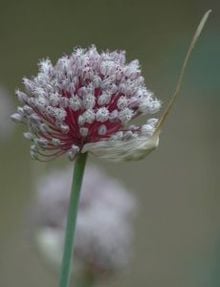
Fertilizing Garlic
Garlic plants can be fed with an organic plant food when growth has begun.
The use of corn gluten to mulch and fertilize plants, will help prevent weeds from growing and using up nutrients needed for your garlic plants, and is a potent fertilizer for your plants. Apply this in early spring, before planting the garlic.
Growth usually starts in spring around March.
And will begin to bulb in June and July.
Braiding Garlic
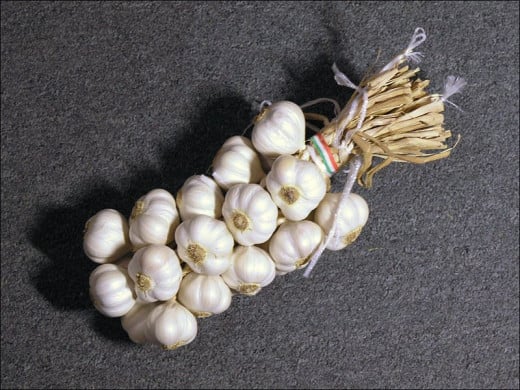
Garlic Braiding
Harvesting
When should I harvest my garlic?
You will want to harvest plants when the flowers have faded and the leaves begin to dry.
When the tops are drying the bulbs are losing the papery protection, don't wait for the entire top to turn brown or your garlic can rot.
The bulbs with all brown leaves have more cloves that separate from the bulb and tended to sprout faster.
If some of the leaves are still green, the bulbs' papery covers are more intact, keeping the cloves from splitting and sprouting so soon.
When harvesting you will want to dig the bulbs up, not pull them out.
After you have them dug up, they will need to dry .
You can hang them to dry or try your hand at braiding..
Herbs
- Chives Growing And Cooking
Chives (Allium schoenoprasums) is a small, clump forming perennial a relative of the onion. Its leaves are grass~like in appearance, long, slender and hollow. Unlike other herbs, chives are best used fresh.
How do I grow Garlic ?
Growing garlic is easy to grow and is believed to be one of the elixirs of youth, the Pharaohs of Egypt ate garlic to prevent growing old.


